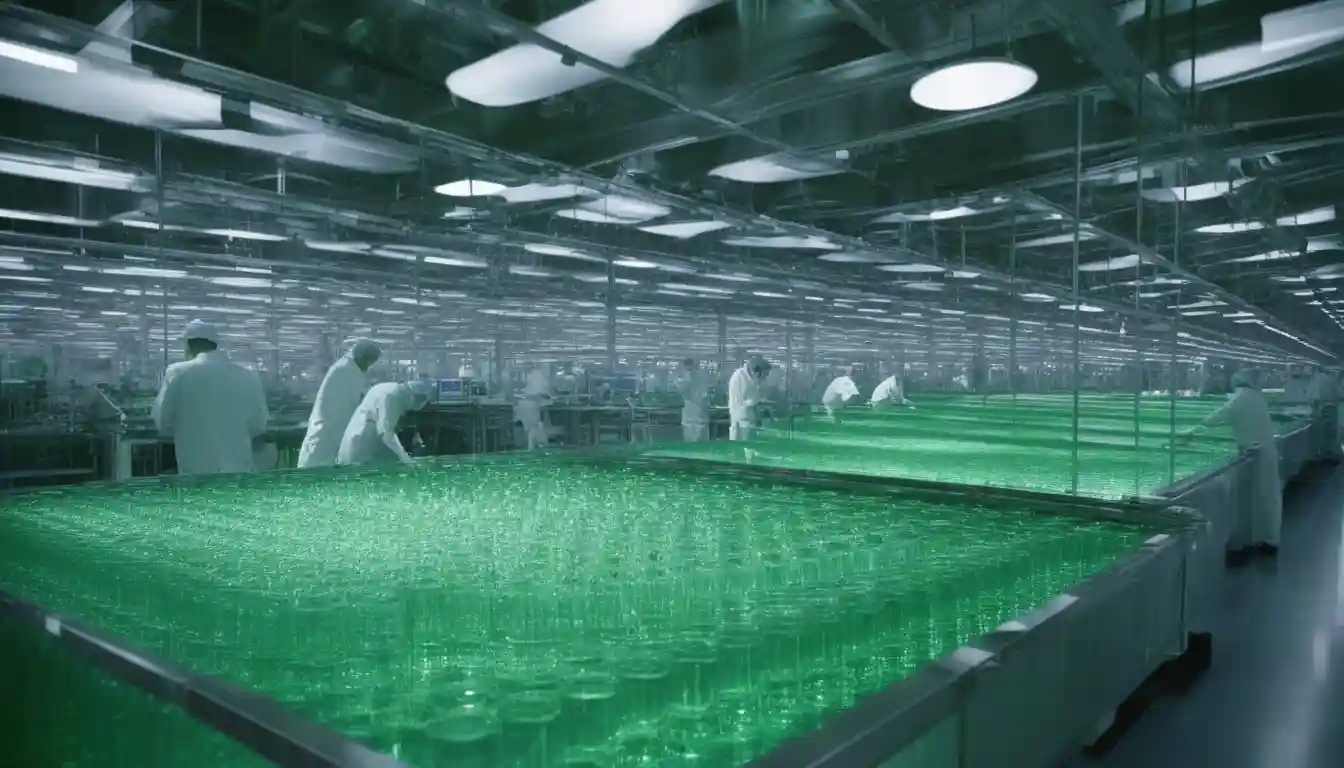Novo Nordisk Bets Big on U.S. Manufacturing: Promise or Pipe Dream?
The Danish drugmaker vows to make its blockbuster weight-loss treatments in America, but the road ahead is far from simple.
Novo Nordisk just made a bold pledge: every weight-loss drug it sells to Americans will be manufactured in the United States. The announcement, delivered to us by the company’s U.S. director, comes at a moment when politics, tariffs, and patient demand are colliding in a way that could reshape the pharmaceutical industry. Millions of patients have faced long waits for popular treatments like Wegovy and Ozempic. Politicians, meanwhile, are pushing for more domestic production while dangling tariffs that could crush foreign-made drugs.
This isn’t just about public relations. With Washington threatening to slap 100% tariffs on imported medicines—unless companies move production stateside—Novo Nordisk’s decision looks less like goodwill and more like survival strategy. Rival Eli Lilly is already pouring billions into American plants, forcing Novo to match the pace or risk losing ground in the obesity drug market.
Politics on the Factory Floor
Timing, as they say, is everything. Novo isn’t only sidestepping tariffs; it’s also trying to solve a problem that’s plagued its business for years: supply shortages. Patients have spent months on waiting lists. Pharmacies have rationed doses. Doctors have had to juggle demand that far outstripped supply.
The company hopes local production will fix that bottleneck. By bringing the final “fill-finish” stage of drug making—where active ingredients get packaged into injection pens—onto U.S. soil, Novo can tighten its grip on a scarce resource. Buying Catalent’s sterile facilities and expanding its massive North Carolina site are steps toward that goal. Instead of begging for space at overbooked contractors, Novo will own the production lines outright.
There’s also political theater at play. Lawmakers grilling drugmakers over pricing love a “Made in America” story. For Novo, investing in factories and jobs gives it a shield against critics who accuse the company of gouging patients.
The Fine Print of Supply Chains
Here’s the catch: making the final drug pen in North Carolina doesn’t mean the whole medicine is American-made. The heart of the treatment—the active pharmaceutical ingredient, or API—still comes from Europe. Moving API production across the Atlantic is a much taller order, requiring billions of dollars, years of construction, and strict FDA approvals.
So far, Novo hasn’t promised to shift API production to the U.S. That leaves a gap between the headlines and the reality. Even if new plants in North Carolina are ready by 2028, the actual drug substance may still sail across the ocean before it ever reaches an American assembly line. Until then, “all U.S. supply” remains more aspiration than fact.
A Rivalry Heating Up
Novo’s move doesn’t happen in a vacuum. Eli Lilly has been racing to build its own factories in the U.S. and Europe. Reliability of supply is quickly becoming a weapon in the obesity drug wars. By investing heavily in America, Novo not only answers Lilly but also shuts out smaller competitors who now have fewer manufacturing partners to turn to.
For patients, this could mean fewer shortages and faster access once production ramps up. But in the short run, don’t expect prices to fall. Building factories is expensive, and companies aren’t eager to slash prices while citing higher U.S. labor costs. Analysts already point out that despite better availability, slowing prescription growth and pricing battles may keep the pressure on both Novo and Lilly.
The Tough Math of Moving Manufacturing
Even with shiny new plants, challenges pile up. If the API keeps coming from Denmark, global supply chains still dictate how much product actually reaches U.S. shelves. Buying Catalent’s facilities helps, but it also adds the headache of integration. Hiring skilled workers in a tight labor market won’t be easy either.
And tariffs? They’re political by nature. Exemptions, carve-outs, or a sudden trade deal with Europe could wipe away the very incentive Novo is now chasing. A swing in policy might make the “Made in USA” push look more like an expensive detour than a long-term strategy.
What to Watch
Investors, doctors, and patients will all be watching how this plays out. In the short term, expect more U.S. fill-finish capacity to come online in the next year or two. That should smooth out some supply issues, though it won’t make the system entirely domestic. By the late 2020s, if tariffs stay in place, Novo might take the plunge and build API capacity here.
Eli Lilly is likely to keep its lead for now, but the gap could narrow once Novo’s supply stabilizes and new oral drugs hit the market. Prices probably won’t plummet, though rebates and copay programs may improve as capacity rises and insurers gain more leverage.
The real clues will come from Novo’s own language. If it keeps talking about “fill-finish in the U.S.,” that’s a sign API will remain offshore. Only when the company says “end-to-end manufacturing” can you take the promise at face value.
The pharmaceutical map is being redrawn, not in decades but in real time. Novo Nordisk has bet big on America, but whether that gamble pays off depends on more than ribbon-cuttings. Execution, politics, and patient patience will decide if this pledge becomes a transformation—or just another corporate talking point.
